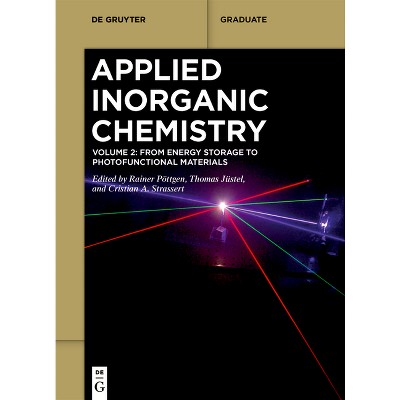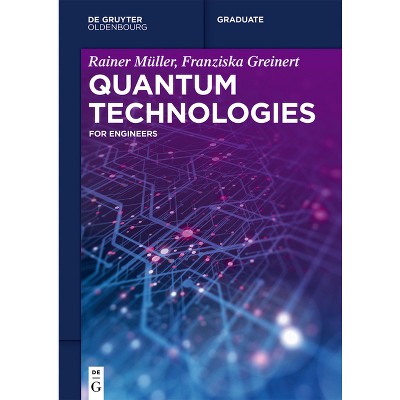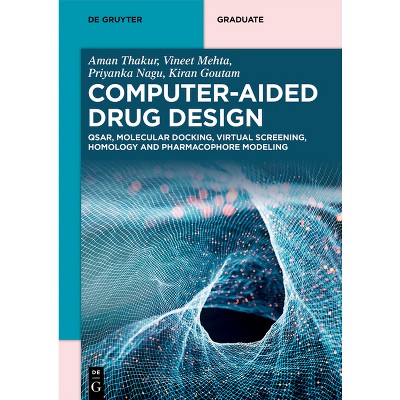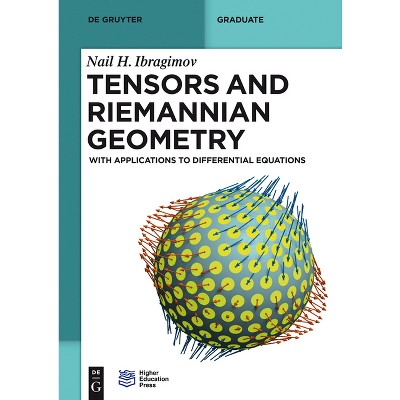Sponsored

Thermodynamics - (De Gruyter Textbook) by Rainer Müller (Paperback)
In Stock
Sponsored
About this item
Highlights
- How are thermals in gliding related to thermodynamic adiabatic processes?
- About the Author: Rainer Müller is working in Physics Education Research (PER).
- 429 Pages
- Science, Mechanics
- Series Name: de Gruyter Textbook
Description
About the Book
How are thermals in gliding related to thermodynamic adiabatic processes? In what way can the concept of entropy be used to analyze a solar power plant in the desert? This book presents thermodynamics with a constant focus on practical applicationsBook Synopsis
How are thermals in gliding related to thermodynamic adiabatic processes? In what way can the concept of entropy be used to analyze a solar power plant in the desert? This book presents thermodynamics with a constant focus on practical applications from everyday life and technology. A deep understanding of thermodynamic principles is skillfully conveyed by applying theory to real-world situations.
About the Author
Rainer Müller is working in Physics Education Research (PER). He received his Ph. D. in 1994 at the Universität Konstanz in Theoretical Physics in the group of J. Audretsch. His research area was quantum field theory in curved spacetimes and accelerated reference frames (Unruh effect and Hawking effect). He then moved to theoretical quantum optics during a two-year stay at the Ludwig-Maximilian-Universität München with A. Schenzle. Afterwards, he did his Habilitation in Physics Education Research at the same University in the group of H. Wiesner. The subject of this work was to explore the possibilities of teaching a modern view of quantum physics in school. Since 2002, he is professor for Physics and Didactics at the Technische Universität Braunschweig.
His research on the teaching and learning of quantum physics has continued ever since 1995. He was active in the exploration of student misconceptions in the area of quantum physics. He has developed a research-based modern course on quantum mechanics (milq) in which the conceptual issues of quantum mechanics are taught at an introductory level. In the milq project, virtual laboratories - based on computer simulations of the double slit experiment and the Mach-Zehnder interferometer - are used to let the students discover how quantum phenomena deviate from our classical everyday experience. The milq concept has been empirically tested (Müller & Wiesner 2002). The results of the evaluation show that the majority of the students acquired appropriate quantum mechanical conceptions, and that many of the common misconceptions encountered in traditional instruction have been avoided. To supplement the milq course, a comprehensive internet learning platform on the basics of quantum mechanics has been developed (milq.tu-bs.de). Presently, it consists of a few hundred pages of manuscripts, simulations, and applets. It is visited by several thousand users each month. In Physics Education Research, the milq concept has acquired the status of a gold standard, against which other conceptions are tested. Its elements have been widely adopted in schools and have entered the curriculum recommendations of several German federal states and of the Conference of the Ministers of Education and Cultural Affairs. He will be one of the coordinators for education in the EU Quantum Flagship Project.
Besides his scientific and educational publications, Rainer Müller is the author of well-respected university textbooks on classical mechanics (de Gruyter, 2009) and thermodynamics (de Gruyter, 2013). He is also editor of the renowned high school text book series "Dorn/Bader Physik", which is the market leader in several German federal states.
Shipping details
Return details
Trending Non-Fiction











